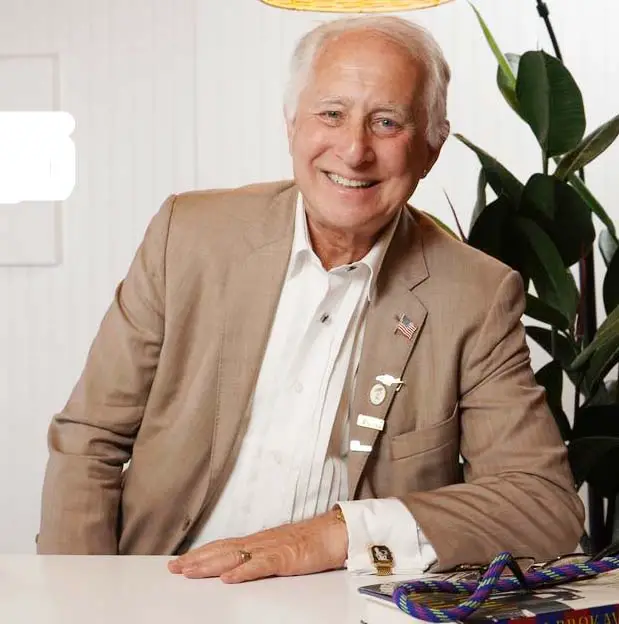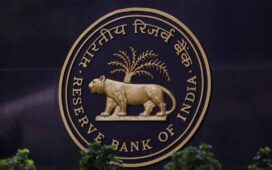The agency’s new chairman Paul Atkins says “common-sense” review of 23-year-old restrictions could unlock the $31 trillion industry to more investors.
The Securities and Exchange Commission is taking a fresh look at rules that make it harder to invest in private funds.
Atkins said he will ask agency staff to consider revising 23-year-old rules for private funds that require investments by closed-end mutual fund investors of at least $25,000 and restrict sales to those who meet certain standards. He noted those restrictions have resulted in many retail investors missing out on opportunities in closed-end funds.
The goal is to start opening up the nearly $31 trillion private fund markets to more investors, SEC Chairman Paul Atkins said in prepared remarks for an event in Washington.
“This common-sense approach will give all investors the ability to seek exposure to a growing and important asset class, while still providing the investor protections afforded to registered funds,” Atkins said.
Such an action would kick start the opening of a portion of the market long closed to mom-and-pop investors. Historically, private fund investments have been restricted primarily to wealthy individuals or institutional investors like pension funds and endowments.
Private equity firms and others have been eager to tap into retail investor dollars. Apollo Global Management Inc., together with State Street Corp., launched a private credit exchange-traded fund earlier this year as a bridge between the two investor segments.
Atkins, however, is eyeing an even more direct avenue for investment in funds that market higher rate of returns than those available in public markets.
At the end of his term in January, former SEC Chair Gary Gensler cautioned against going too far in rolling back investor protections. But Republican lawmakers and others have criticized some of those measures, such as the accredited investor definition, for being outdated and too restrictive for building wealth.
CAT Review
Atkins also said he has asked agency staff to start a “comprehensive review” of the Consolidated Audit Trail, which is used to monitor trading across equities and options markets to detect fraud, manipulation and insider trading.
The costs of the so-called CAT have increased in recent years to almost $250 million annually, and it has been subject to litigation amid a growing chorus from industry players about the need to rethink the trade monitoring system’s structure and oversight.
“The financial services industry and Congress have rightly pushed back on the seemingly endless cost increases and the risks of storing so much sensitive data together,” Atkins said.
“In addition to examining the costs of the system, I would like to see the staff take a hard look at the reporting requirements and scope of what is collected,” he said.
Cloud computing costs and options trade orders, many of which aren’t filled, are two of the main drivers of the program’s costs, industry groups have said. It’s possible SEC staff may reconsider the scope and speed or reporting that’s currently required of exchanges and brokers.





